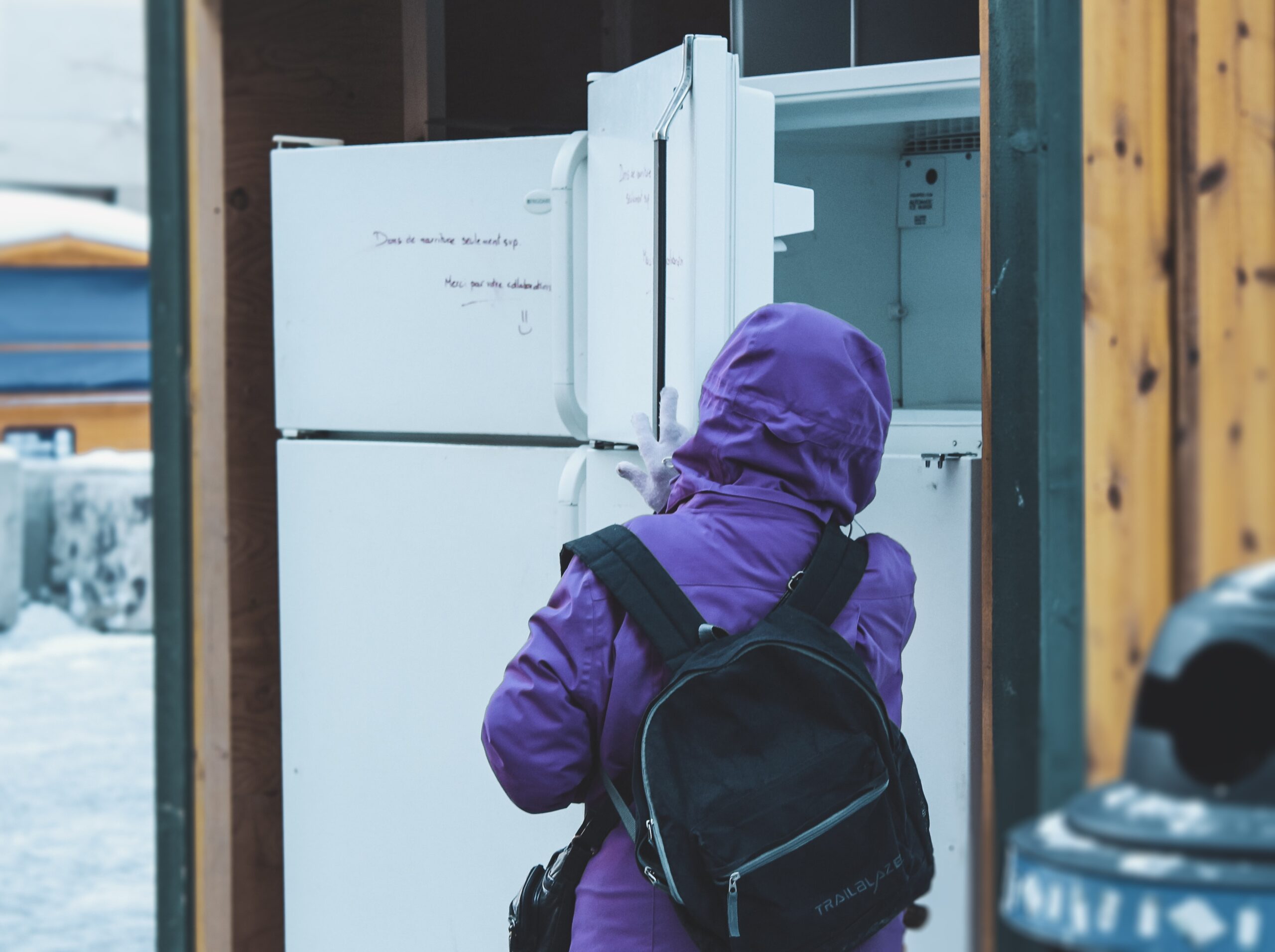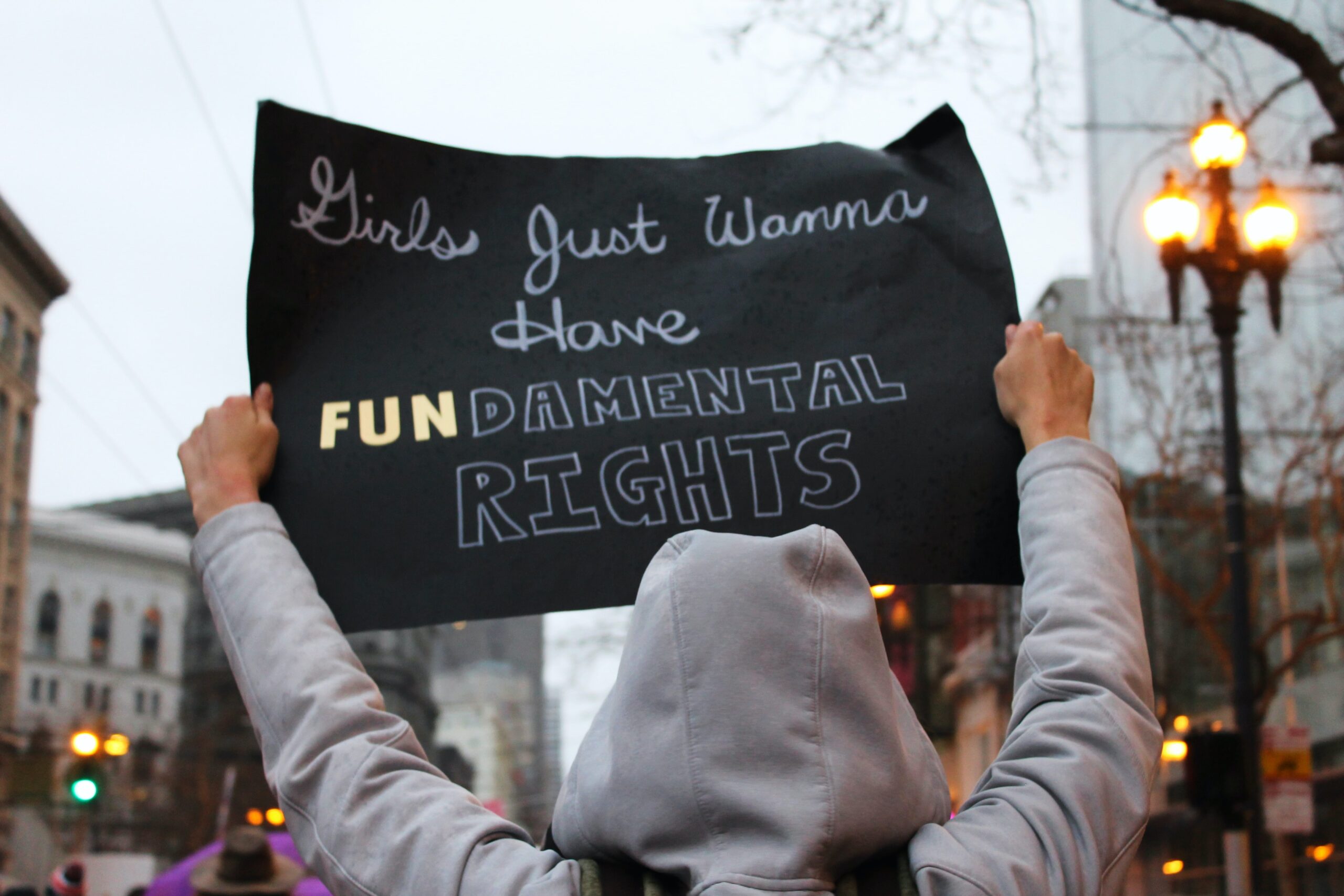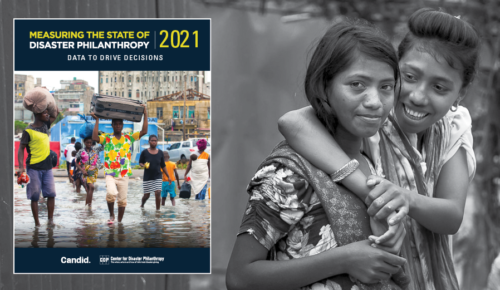
People Experiencing Poverty
People experiencing poverty are more vulnerable to disasters because of the significant impacts of poverty on their daily lives.
Overview
While the official definition of people experiencing poverty is limited to those who live below the poverty line for their region, poverty cannot be defined by economics alone. A broader definition of poverty that is widely attributed to the World Bank is much more applicable to the conversation about how disasters affect people who have limited or no income.
“Poverty is hunger. Poverty is lack of shelter. Poverty is being sick and not being able to see a doctor. Poverty is not having access to school and not knowing how to read. Poverty is not having a job, is fear for the future, living one day at a time.
Poverty has many faces, changing from place to place and across time, and has been described in many ways. Most often, poverty is a situation people want to escape. So poverty is a call to action — for the poor and the wealthy alike — a call to change the world so that many more may have enough to eat, adequate shelter, access to education and health, protection from violence, and a voice in what happens in their communities.”
In this Issue Insight, CDP uses person-centered or person-first language to refer to people who have a lower socioeconomic status, rather than more typical references of “poor people” or “poverty-stricken.”
People experiencing poverty are more vulnerable to disasters because of the significant impacts of poverty on their daily lives. Places that are more prone to flooding offer more affordable housing – one study found that a 1% increase in the risk of flooding led to a 0.6% decrease in housing costs. There are 28,500 homes in Miami with a 20% risk of flooding. While this means their homes are likely cheaper by 12%, they are more dangerously situated because of the flood risk. People living in these homes often have additional influences that make them more vulnerable to disasters. They may be working more than one job or experiencing health issues. They may be unable to escape a cycle of racism that denies them better employment opportunities. Rarely is poverty the only issue in a person’s life.
“Large-scale events make the news, but repeated small adverse events such as regular floods often have serious implications for poor people. Although poor and nonpoor people may decide to live in places that are sometimes affected by natural hazards, only poor people live in dwellings which are frequently exposed to natural hazards.”
Poverty limits a person’s ability to deal with a disaster in many ways adequately. They are unable to afford landscaping to reduce the possibility of floods or fires and other mitigation measures. Disaster preparedness is not an option for most people experiencing poverty, many of whom are simply wondering how they will put food on their table tomorrow – not worrying about a disaster that may or may not happen. During a disaster, they are more likely to require additional supports, especially if they do not have a strong support network in the area. When you cannot afford a car, your only option to escape a disaster is transportation provided by others – nongovernmental organizations, government, friends, family or neighbors. People in a lower socioeconomic class are also less likely to have adequate insurance – or any insurance at all – and are often unable to afford to repair or replace damaged items without support from government or philanthropic organizations.
Key Facts
- Most American families cannot afford the cost of an evacuation. According to Operation Hope, “Nearly 185 million people in the U.S. are under financial stress. Sixty-three percent of middle-income Americans say they’re unable to afford a $500 car repair or a $1,000 emergency room bill.” The costs vary per type, scale and location of a disaster but could include: travel (gas, flight, rental vehicle), hotel or other accommodation, food and water, hygiene items and clothing. Some experts estimate this could be as much as $5,000 for a family of four. This means they would be challenged to find the means to leave and may choose to stay in a dangerous situation.
- The COVID-19 pandemic has had a mixed impact on American poverty. Before the COVID-19 pandemic, about 34 million Americans or 10.5% of the population lived in poverty. In 2020, the largest annual increase since the 1960s saw 8 million people fall into poverty and brought the poverty rate to 11.8% as of December 2020. A comprehensive study by the Urban Institute found the an upward trend for 2021. It said, “The number of poor Americans is expected to fall by nearly 20 million from 2018 levels, a decline of almost 45 percent. The country has never cut poverty so much in such a short period of time, and the development is especially notable since it defies economic headwinds — the economy has nearly seven million fewer jobs than it did before the pandemic.” The decline in poverty in this study is linked to the immense investment in social aid programs such as increased food stamps, supplemental unemployment benefits, stimulus checks, a Child Tax Benefit and nutritional programs and food distributions. At a cost of $1 trillion annually, it is unlikely that this spending on a social safety net will continue, and the poverty rate is likely to jump back to 2020 levels when spending is cut.
- There is an overlap between fragile countries and poverty. As of 2020, over two-thirds of people living in extreme poverty resided in fragile countries. This means they were also at higher risk from ill impacts of COVID-19. At least 34 countries in 2020 were home to a protracted crisis[1]. And, an estimated 243.8 million people living in 75 countries were assessed to be in need of humanitarian assistance.
- In 2020, 66% of people living in extreme poverty also lived in fragile countries. Nearly all (95%) of people living in extreme poverty in fragile states were in countries at high risk from the impacts of the COVID-19 pandemic.
- The elimination of poverty is at the top of the UN’s Sustainable Development Goals. In 2019, 2% of the world’s population lived in extreme poverty – less than $1.90/day. This amounts to more than 700 million people, most of whom live in sub-Saharan Africa and are much more likely to live in rural areas than in urban. While this was an incredible reduction from the 1960s, when 80% of the world’s population lived in extreme poverty, the COVID-19 pandemic has set back decades of decline. The elimination of poverty is the biggest and most crucial step of the Sustainable Development Goals. It was already unlikely that the world would achieve its goal of eliminating poverty by 2030, despite the significant progress to date. However, COVID-19 reversed the decrease and, in fact, has added an estimated 124 million more people experiencing extreme poverty.
- The human and economic costs of disasters are likely being underestimated by as much as 60%. A 2016 report from The World Bank found that the impacts of extreme natural disasters force 26 million people into poverty every year. Beyond simply pushing people into poverty, the effect on well-being, such as people’s sense of comfort and security, their economic stability and the long-term generational effects, found that these extreme natural disasters are equivalent to losses of $520 billion every year.
- FEMA recovery funds do not come anywhere close to providing replacement value after disasters. In 2020, California was approved for two major disaster declarations related to wildfires: DR-4558-CA and DR-4569-CA. They approved 3,252 individual applications who each received an average of $8,440. While something is better than nothing, this does not come anywhere close to the replacement value of a lost home or even most vehicles. For people already experiencing poverty, this exacerbates their economic challenges and forces them deeper into poverty just to replace what they lost.
- According to a new report from the Global Facility for Disaster Reduction and Recovery and the World Bank, the effects of poverty on people experiencing disasters extend far beyond just the economic ones. “When unprecedented floods affected Mumbai in 2005, poor people lost 60 percent more than their richer neighbors—and when poor people lose the little they have, there are immediate and sometimes irreversible consequences for their health. In Ecuador, poor children exposed in utero to El Niño flooding in 1997-1998 were found to have relatively lower birth weights, shorter statures, and impaired cognitive abilities.”
How to Help
- Fund economic development, not just relief. While there is always an initial need for relief and aid after a disaster, it is far more effective and efficient to fund economic development. Long-term funding to help an economy grow will increase the employment rate and the number of people who can work. It is vital to help finance recovery for small businesses, particularly those owned by Black, Indigenous and People of Color. This will help pull more people out of poverty and reduce the long-term impact of a disaster on those people.
- Reduce or eliminate restrictions on funding. Many funding opportunities are restricted or designated for specific purposes. However, these restrictions can impede rapid and effective support after a disaster. Reducing or eliminating restrictions on how funds are spent can help ensure that local communities can fund needs that may be unique to their community, including poverty reduction.
- Support projects to reduce the cost of living and/or increase pay scales. There is a significant disparity between people who are wealthy and people who are experiencing poverty. The two most effective ways to reduce this disparity are reducing the living costs by subsidizing long-term costs or increasing pay rates. A living wage in Bozeman, Montana, will be different from a living wage in New York City, but people’s basic needs are the same in both places. Affordable housing, transportation, food, water, child care and other needs are all necessities and should be within reach of every person in every community.
- Fund projects that purchase locally. One of the fastest ways for a community to recover is for local businesses to be able to get up and running quickly. This brings jobs back into the community and helps stabilize the people living there. Feeding programs should only exist as long as local restaurants and grocery stores are closed or blocked. Once they reopen, residents and responders should get their meals there instead of a mass feeding site.
What Funders Are Doing
As part of our COVID-19 Response Fund, CDP awarded $100,000 to address the ongoing crisis of poverty in the Miami Valley region by supporting the Catholic Social Services of the Miami Valley’s Choice Food Pantry and Family Stabilization & Support (FSS). This is a case management and financial assistance program. Funding will increase program capacity and client emergency financial assistance to serve an increased number of families impacted financially by the COVID-19 pandemic.
Also as part of our COVID-19 Response Fund, CDP awarded $145,000 to the Atlanta Wealth Building Initiative for the immediate support of businesses owned by people of color to address the economic disruption caused by COVID-19, as well as support the long-term recovery and sustainability of the small business ecosystem.
Mercy Corps also received $475,000 from CDP’s 2019 Atlantic Hurricane Season Recovery Fund to support livelihoods on Abaco through their Restoring Industries and Sustaining Employment program, which provides small-scale grants, training and mentorship to support local economic recovery.
CDP awarded Golden Crescent Habitat for Humanity a total of $1.7 million across two grants from our Hurricane Harvey Recovery Fund. These grants were to help low-income homeowners achieve strength, stability and self-reliance by repairing and/or rebuilding their homes damaged by Hurricane Harvey. The grants also supported their involvement in repairing and rebuilding homes in Victoria County, Texas. There, they partnered with others to relocate individuals and families whose homes were in high-risk flooding areas who otherwise would not have been able to afford to move.
- In 2020, Mackenzie Scott made an unrestricted donation of $40 million to Texas A&M International University in Laredo, which primarily serves Hispanic students. This gift is part of $4.2 billion in funding Scott made to provide immediate support to people and organizations suffering the economic effects of the COVID-19 crisis. Special emphasis was given to those operating in communities facing high projected food insecurity, high measures of racial inequity, high local poverty rates and low access to philanthropic capital.
- In 2019, Comic Relief gave $965,918 to Habitat for Humanity Zambia to help residents and stakeholders increase legal homeownership and essential services, support communities to develop financial resilience through savings groups and gain access to micro-credit to improve their homes and secure them from floods.
- In 2021, the National Lottery Community Fund donated $34,048 to GM Poverty Action Limited to support their work to raise awareness, connect people and projects to share best practices in anti-poverty solutions and strengthen the voices of people in poverty.
- In 2018, the Maple Grove United Methodist Church received $7,500 to support their Bridges Out of Poverty program from the Columbus Jewish Foundation.
Learn More
- CDP Issue Insight: Remittances
- CDP Issue Insight: Insurance
- CDP Issue Insight: Climate Change
- The Atlantic: What the Camp Fire Revealed
- Borgen Magazine: How Natural Disasters Impact Impoverished Communities
- Ready.Gov/Operation Hope: Emergency Financial First Aid Kit
- Social Problems (Journal): Damages Done: The Longitudinal Impacts of Natural Hazards on Wealth Inequality in the United States
- World Bank: Understanding Poverty
- Operation Hope: Disaster Recovery Assistance
[1] Development Initiatives defines countries experiencing protracted crisis as countries with at least five consecutive years of UN-coordinated humanitarian or refugee response plans as of the year of analysis. Protracted crises often involve more than one crisis happening at once (such as conflict, displacement and natural disasters). They combine acute and long-term needs, requiring strategic support to meet immediate needs and to address structural causes and reduce vulnerabilities to new shocks.
We welcome the republication of our content. Please credit the Center for Disaster Philanthropy.
(Photo by Sigmund on Unsplash)
Related CDP Resources

Brother Can You Spare a Dime*: How income affects disaster recovery

Investing in women and girls in the pandemic and beyond

Lessons from 2019 to maximize future disaster giving decisions
